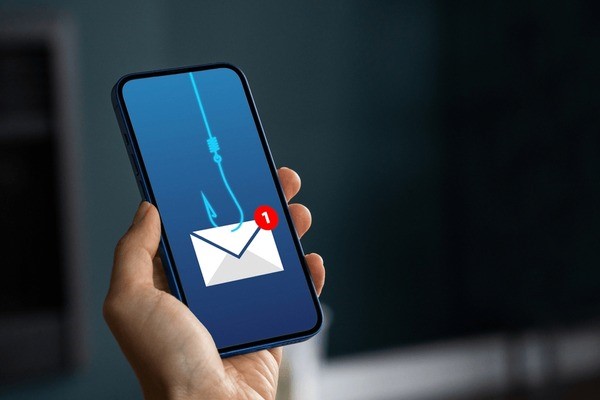
A Step by Step Guide to Email Marketing to Drive Leads
Last updated: July 29, 2025 Read in fullscreen view
- 17 Jun 2021
 What is IT-business alignment? 2/343
What is IT-business alignment? 2/343 - 09 Oct 2023
 Case Study: Amazon's Evolution in Retail 1/236
Case Study: Amazon's Evolution in Retail 1/236
Email marketing is one of the most cost-effective strategies for generating leads and reaching potential customers. To make your email marketing effective in generating leads, understand your audience and then segment them based on interests or behaviors to tailor your messaging more effectively.. Write eye-catching subject lines, provide a worthwhile lead magnet, and write automated drip campaigns to keep nurturing leads. Personalize your messages, focus on helpful content, and include clear calls to action. Consider using a reputable email list provider or organically grow your list through lead magnets.
Email Marketing Steps for Lead Generation
Here are the steps to make email marketing work effectively for lead generation.
Know Your Audience
Before sending a single message, get to know your ideal leads.
- What do they care about?
- What problems do they face?
- What are their buying habits?
Segmenting your audience by age, location, interest, or behavior ensures your message resonates. It also helps you choose or build a more targeted email list.. If you’re targeting a specific audience, use advanced segmentation, or consider using niche-specific data providers—ideally with user opt-ins.
Craft Great Subject Lines
The subject line is the first text your audience sees, often determining whether they open the email. Write a short, relevant, and curiosity-driven subject line. Avoid spam-trigger words like 'Buy now' or 'Free,' as they can lower deliverability. Rather, the subject line should be straightforward, such as “Unlock Your Marketing Toolkit” or “Struggling to Get Leads?” A/B test different subject lines to learn what works best.
Offer Lead Magnets
A strong lead magnet is your bridge from awareness to conversion. It might be an e-book, checklist, webinar, template, or an exclusive discountanything that provides a high perceived value in exchange for the email address. Add these magnets to landing pages, social networks, blogs, and pop-ups. Make sure the magnet addresses a real need or desire of your audience.
Use Drip (Automated) Campaigns
Drip campaigns are automated emails designed to engage leads over time with relevant content. Example:
- Email 1: Thank you + free resource
- Email 2: Brand introduction
- Email 3: Case study/testimonial
- Email 4: Soft pitch or offer
Automation saves time and ensures every lead receives timely messages.
Personalize Every Message
Email marketing does not end with personalizing the subject line. Individual emails are more interesting than bulk emails. Use merge tags for names, locations, or past purchases. You can also reference items they’ve downloaded or actions they’ve taken. Personalized emails significantly outperform generic ones in engagement.
Write Helpful, Valuable Content
Each email should offer helpful information, insights, or solutions. Do not make the content overtly promotional. Focus on providing tips, insights, or resources. This builds trust, keeps readers engaged, and primes them for conversion later.
Use Strong, Clear Calls to Action (CTAs)
A CTA guides your audience on what to do. Phrases like “Download the checklist” or “Book your 15-minute strategy session” can be long and wordy, but they should communicate value and be easy to act on. Present CTAs prominently using buttons, bold text, or contrasting colors. Limit your emails to one CTA to keep the message focused and effective.
Make Emails Mobile-Friendly
Over sixty percent of emails are opened through mobile devices. If your emails aren't mobile-friendly, you risk losing leads before they even read your message. Use responsive design, short text, and easy-to-click buttons. The emails you want to send should be tested first to determine how they appear on different devices.
Test and Improve (A/B Testing)
Don’t guess—test. A/B testing allows you to test various subject lines, email design, images, CTA buttons, and more to see what works best. Send two versions to small segments and track which performs better. Send the better email from the two to the rest of your list. Over time, this process allows you to refine your email approach.
Track Metrics & Clean Your List
Tracking key metrics reveals what’s working and what needs improvement. Monitor essential KPIs:
- Open rate
- Click-through rate (CTR)
- Conversion rate
- Bounce rate
- Unsubscribe rate
To increase deliverability, remove inactive contacts and anyone who has not responded to emails in 6 months. Regularly cleaning your list helps maintain sender reputation and helps ensure your emails land in the inbox instead of spam folders.
Conclusion
To succeed with email marketing, familiarize yourself with the target audience, create snappy subject lines, and provide lead magnets. Include personalization of messages and calls to action, and ensure your emails integrate with mobile devices. Experiment with various concepts, measure outcomes, and clean your list regularly, eliminating inactive contacts. Focusing on quality and relevance helps you generate qualified leads, whether building or buying your email list organically or through a trusted, permission-based provider.









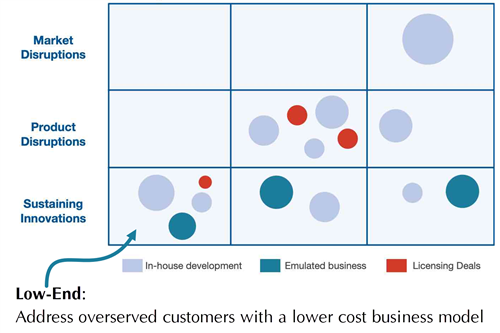
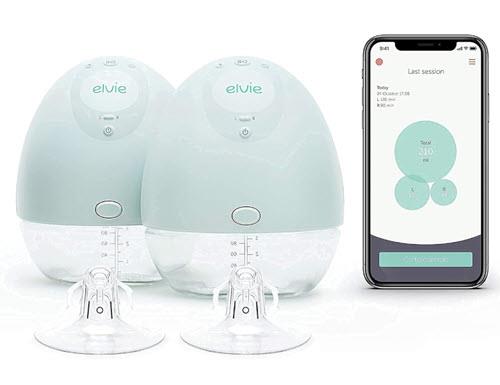

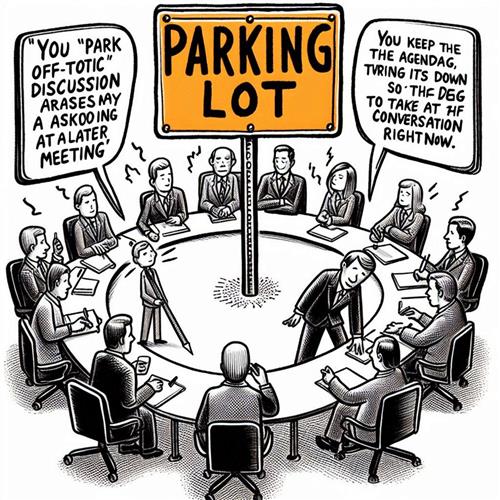
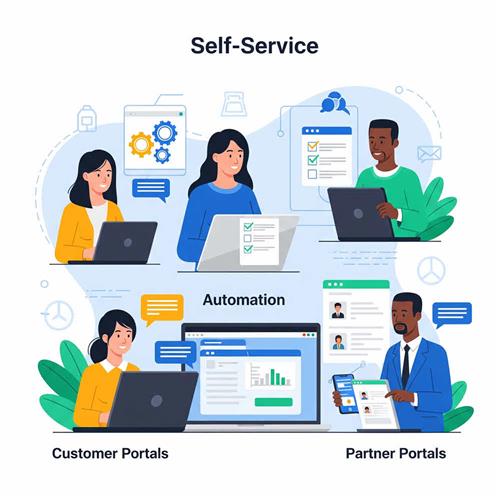

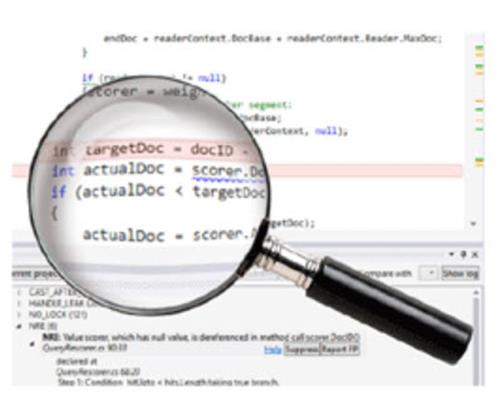



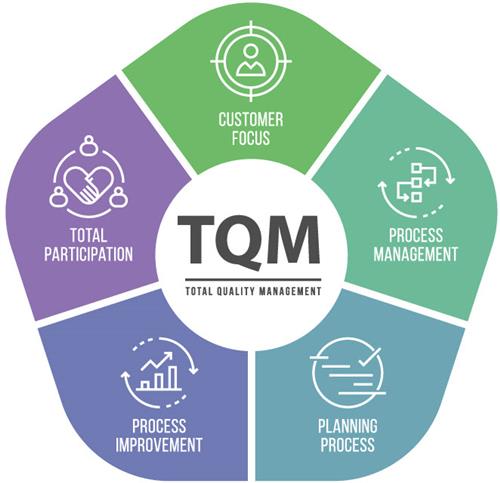

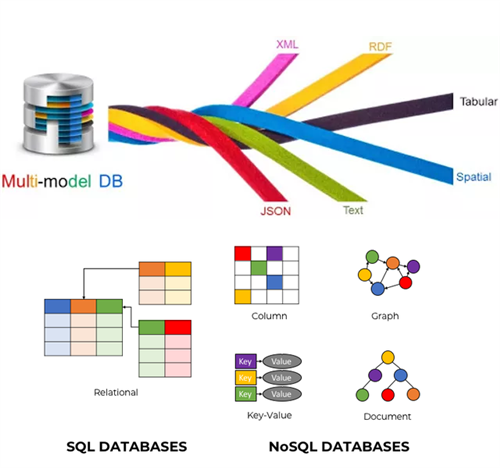
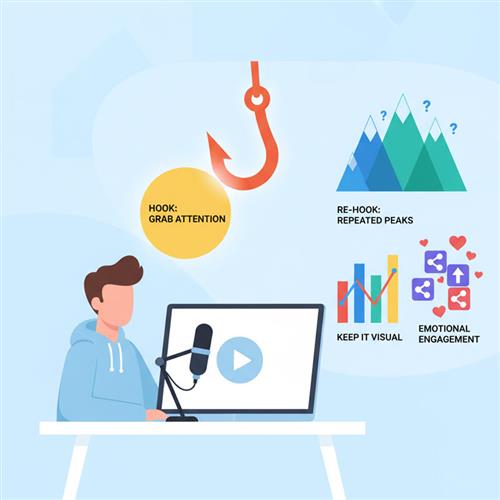












 Link copied!
Link copied!
 Recently Updated News
Recently Updated News